Concentration camps are usually linked to WWII and the horrors of the Holocaust. However, they were around long before this and were used by many other countries. The first concentration camps were in Cuba, but the idea had taken root in southern Africa as well.
From 1899 to 1902, the Second Anglo-Boer War was fought in South Africa pitting the British against the two Boer republics of the Transvaal and the Orange Free State.
This war would become the most destructive modern armed conflict in the country and shape the history of the nation. It would also be when the British first used concentration camps.
When Lord Roberts occupied Bloemfontein, the capital of the Orange Free State, he invited Boers to sign an oath of neutrality. This would stop them from participating in the war in exchange for being allowed to remain on their farms.
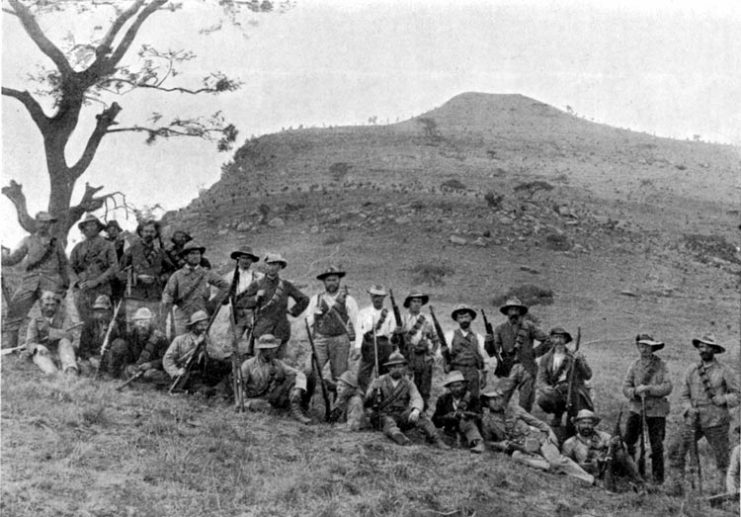
Approximately a third of Boers accepted this offer, but it did not end the war since fighting turned to guerrilla warfare. The Boers started to attack the railway lines which supplied the British forces in both the Orange Free State and the Transvaal.
On June 16, 1900, Roberts proclaimed that a scorched earth policy would follow the attacks on the railroad. Any attack on the rail lines would result in one Boer farm being burnt down.
When this did not initially work, a second proclamation was made which resulted in farms within 16 kilometers (almost ten miles) of the attack being burnt, fields salted, and livestock killed.
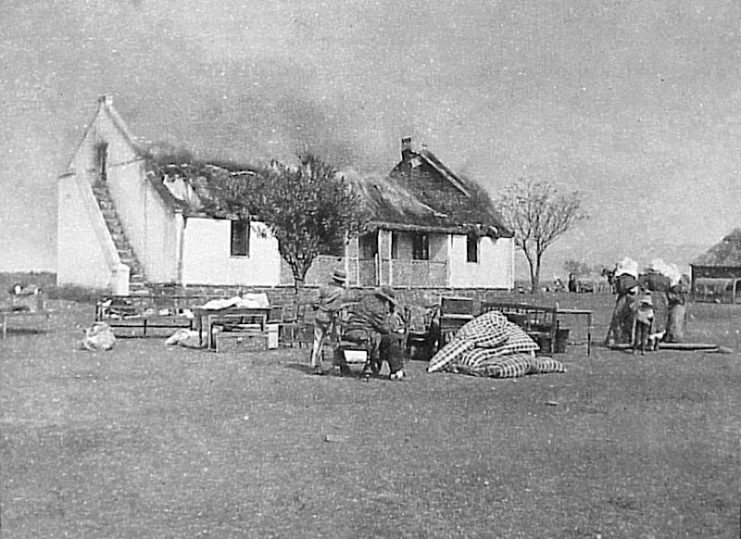
This policy decimated the two republics and led the Boer leaders to reorganize. One of their new actions was to mobilize the Boers who had already agreed to lay down arms. To prevent this from happening, Roberts gathered all the protected burghers and placed them in refugee camps. The first camp in Bloemfontein was opened in August 1900.
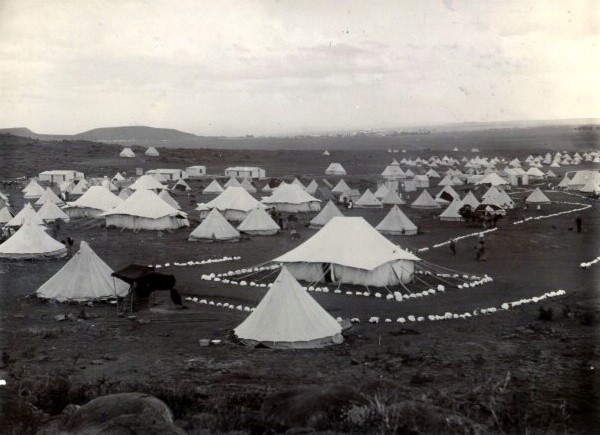
This was to lay the groundwork for the concentration camps that would cause the deaths of over 4,000 women and 22,000 children under the age of 15. As the scorched earth policy continued, Boer women and children were left homeless. Roberts decided to take these displaced families into the camps as well.
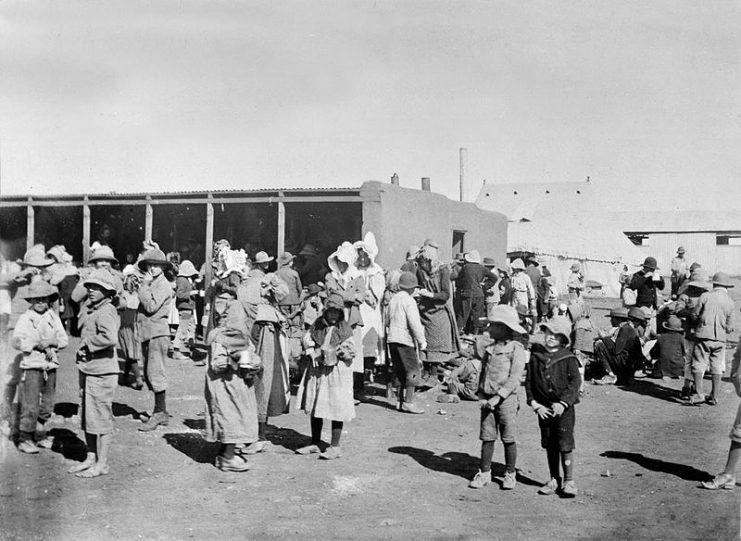
Lord Kitchener, who took over from Roberts, continued this policy. He was also responsible for taking the next steps in the concentration camp policy. This was the forcible placement of Boer families in camps. Women and children of Boer fighters were taken against their will by ox wagon to the camps.
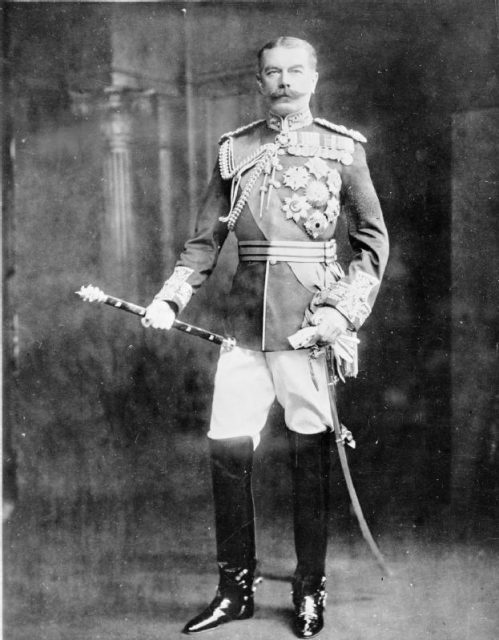
In December 1900, Kitchener sent a memorandum to his general officers. The memorandum laid out all of the military advantages of interning women, children, and men unfit for military service. In this memorandum, he also laid out the two categories into which those in the camps should be divided.
The first category included the families of protected burghers and other non-combatants. The second category included the families of those fighting against the British. Those in the first category were to be given preference in terms of accommodation and rations.
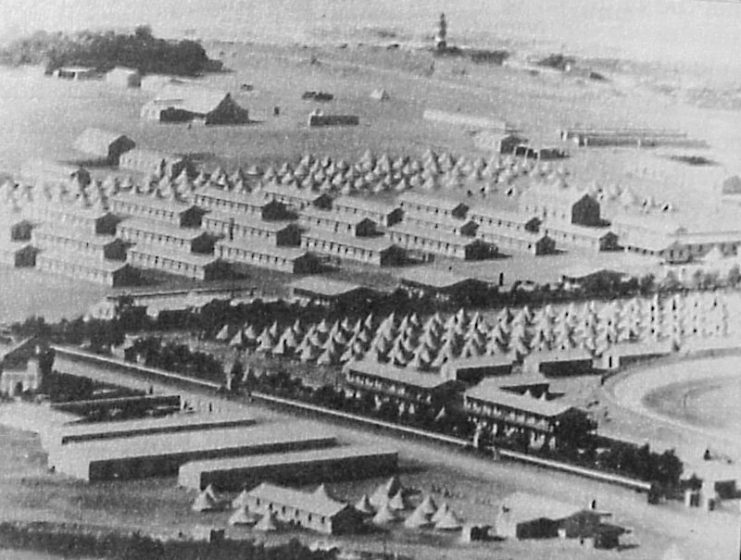
The living conditions were appalling, with tents being overcrowded and the camps lacking hygiene measures. The food provided was reduced army rations with second category families receiving rations with no meat.
There were also no vegetables or milk for babies, and these families were given less than a pound of rice, potatoes, or mealie meal.
The poor diet of those in the camps led to widespread disease. Some of the diseases reported included diphtheria, whooping cough, dysentery, measles, and typhoid fever. These diseases, alongside the malnutrition, led to high mortality rates in the camps which was made worse by the chronic lack of medical staff and medicine.
By February 1901, the discriminatory food ration policy was discontinued in the concentration camps in the Transvaal. The practice would be discontinued in other camps over the following months.
During this time, Emily Hobhouse would visit a number of camps, but Lord Kitchener would not allow visits north of Bloemfontein.

The culmination of her visits would be a 15-page report for the Committee of the Distress Fund. The report resulted in the Fawcett Commission visiting the camps and confirming her findings in December 1901.
Her report urged the British government to improve the conditions of the camps. She continued to visit the camps until November 1901 when she was put under a deportation order and placed on a ship back to England.
The House of Commons debated the use of the camps in March 1902. The British Colonial Secretary Joseph Chamberlain stated during the debate that the camps minimized the horrors of war and that the policy was forced on them by the Boers.
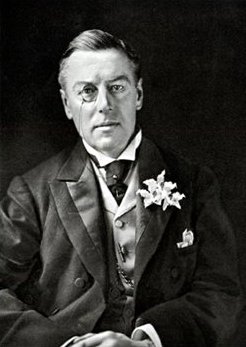
Read another story from us: Commandos – Keeping Discipline in the Boer Army
While there were no official motions passed during the debate, steps were taken to improve the conditions of the camps.
The end of the concentration camps in South Africa officially began with the Treaty of Vereeniging which ended the war in May 1902. However, many of the camps remained until 1903 including the ones in Bloemfontein, Brandfort, and Irene which had some of the highest mortality rates.
